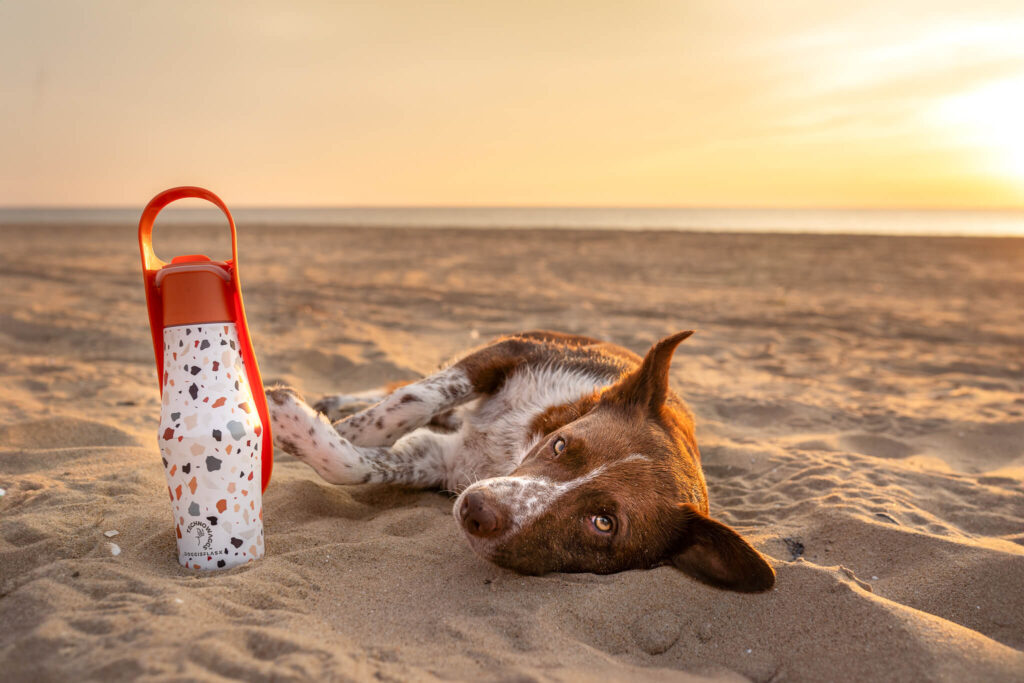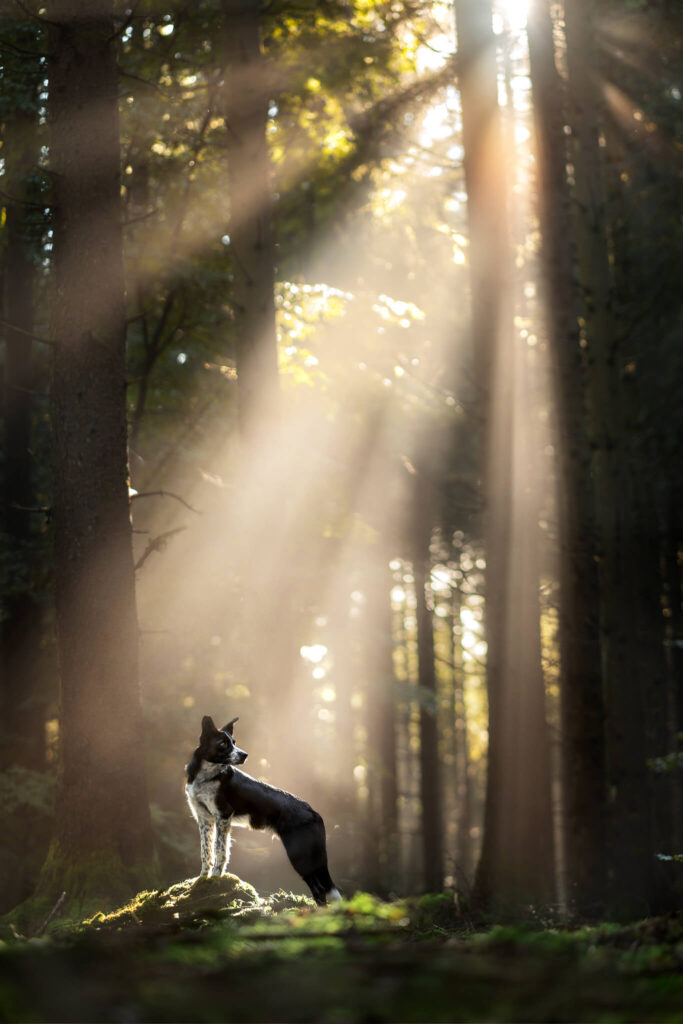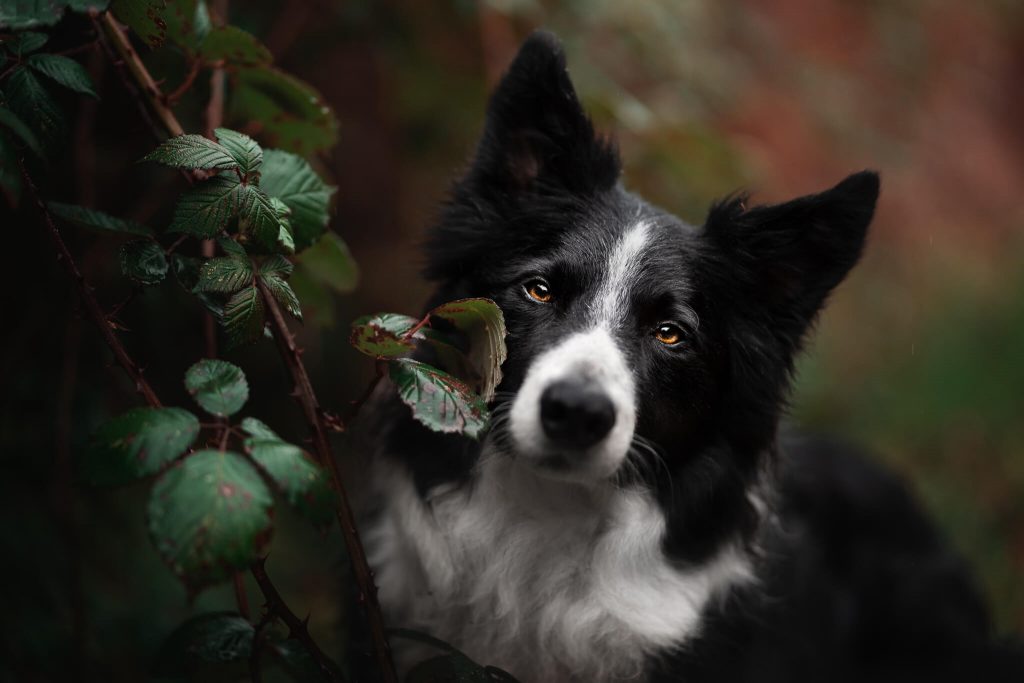Equipment is a super hot topic in the photography space, and for good reason. Sometimes, it’s the one thing that can be the difference between achieving the exact shot in your mind’s eye and ending up with a…well…pretty rubbish photo. But while the discussion can often centre so much around which camera to buy, I always encourage my students to invest their time, energy & money into sourcing a great lens, rather than worrying too much about the camera body.
Having the right lens for pet photography, I believe, makes the WORLD of difference. A good lens will make an average camera perform way better, without costing the earth. And trust me when I say – a good lens is worth every penny! All lenses are not created equal, and sifting through the choices can be completely overwhelming. I’ve been there, done that and got the t-shirt.
While I am of course no Einstein-level lens expert (head to your nearest photography store for that), with lots of trial and error behind me I can confidently say I know a thing or two about choosing the best lens specifically for dog photography.
Which is why in this blog I’m going to offer some handy tips and tricks on picking the right lens for pet photography and your creative goals. Let’s dive in!

How to Pick the Best Lens for Pet Photography
Speed Is Your Friend
I promise I’m not about to pitch you an action movie here…though that would be pretty cool right?
No – I’m talking about choosing a ‘fast’ lens. A fast lens is by far the best choice for pet photography, and will offer you the best quality shots.
To be clear, I’m not talking about how quickly they can focus here (though that is important) but rather the width of the lens’ aperture. I know that might seem confusing, but I’ll explain.
A lens with an f-number of f/2.8 or wider (which means any lens with smaller numbers next to the f, so f/2, f/1.8, f/1.6, f/1.4, f/1.2 etc) are going to allow more light in. This allows you to shoot in conditions with lower natural light levels and still achieve a good shot.
But what these also allow is a narrower depth of field. This means you achieve that gorgeous blurry background with a sharp subject, and those breathtaking bokeh light spots.
Therefore, any lens with an aperture of say f/3.5, f/4.5 or f/5.6 (probably) won’t give you this, and you will find you are limited in how much light you need to be able to use decent camera settings. Personally, I don’t think these lenses are helpful for pet photography, UNLESS you do a lot of landscape work, where you would specifically want more of the scene in focus (but even then, probably not).
Moral of the story? I’d say look for lenses that have a fixed aperture of f/2.8 or wider. 🙂

Professor Snoot Says:
If you’re not sure of what all these numbers mean and what they have to do with light and blurry backgrounds, we have extensive lessons on depth of field, focus, and the exposure triangle inside the Learning Journey membership, so you’ll be choosing the settings of your camera with confidence in no time!
Find Your Perfect Focal Length
Focal length might sound confusing, but it simply means how far away from the dog you need to be to take the photo, and therefore how much of the background is included in the photo.
In general, a shorter focal length means more background –it’s wider and shows more of the surroundings. Think phone photos. A longer focal length means less background – imagine the background has been pulled toward the dog (compressed) and stretched. The tiny spaces made by branches crisscrossing behind the dog are now beautiful circular light spots because of this compression.
These lengths range from around 14mm to 200mm, each with their own pros and cons. There’s a lot of nuance in choosing between these lengths, which I cover fully in my Learning Journey membership. But for now, here’s a rough summary:

- 14mm – 70mm
- The lower end here is great for landscape shots as it adds gravitas and size, but beware of distorted perspectives or bobble head dogs!
- A 24mm-35mm can work well for things like landscapes and product photography, and this is where I get the most use out of my wider-angle lens. Many photos of pets and people can work well with a 35mm lens too.
- The higher end is where I think you start to hit the sweet spot for pet photography. 50mm is common in a lot of portrait work especially for people, but for me it’s a bit ‘nothing’ when it comes to capturing our fur-friends. I know a lot of beginner pet photographers who start with this lens but move on very, very quickly (and usually never look back).
A few examples of wide-angle photos (mostly 35mm)








Below is a quick video explaining the effects that different focal lengths can have on your portraits.
- 85mm – 200mm
- These can produce amazing results if you know how to handle them. And handling them is tricky as they can be really heavy (85mm f/1.8 lenses being the exception). But the compression they offer can be worth it’s weight in gold…literally!
- 85mm lenses, 105mm f/1.4, 135mm and 70-200mm f/2.8 lenses tend to be the most popular focal lengths for pet photographers who want soft, creamy backgrounds and that typical portrait look.
- The 200mm+ lenses are really only used when a subject can’t be approached, so you’re venturing into wildlife photography here – rather than capturing a pooch that’s charging you down with that goofy expression we all love.
85mm f/1.8 Examples










135mm f/1.8 Examples










So…what Is the Best Lens for Dog Photography?
For me? I’d always be happy with a fixed aperture of around f/1.8 and that sweet, sweet spot of an 85mm length lens or, for a creamier background, tack-sharp focus and the compression that I love, my 135mm is my current go-to.
However, that doesn’t necessarily mean it’s right for you! You might want creamier, softer backgrounds and to pile on that gorgeous compression with a longer length like a 105mm or 135mm. Or you might want to focus solely on action shots, in which case you should check out my recommendations for that here. A LOT of pet photographers prefer the flexibility of a 70-200mm f/2.8 lens!
Still, the 85mm is actually one of my favourite lenses. I have a running joke that I’ve recommended it so many times that I should open a store selling only 85mm lenses. That being said, these days, my 135mm is my most-used lens, unless I want to save on the weight I’m carrying in my camera bag!
Pretty much all the images you see on my Instagram are taken with either of these lenses. The 85mm is light, small and easy to carry around. They don’t cost a fortune, so it doesn’t matter if you get a bit of slobber on them occasionally…! The images are super sharp, and it feels like a great length to be from my dogs when I’m shooting. It doesn’t beat the 135mm in terms of quality though, so you need to make a choice between portability and price, vs. sharpness and compression.
And branding really doesn’t matter – do some research into the brand and model you’re looking at. People make a living from reviewing each brand and model so they’ll know more than I do. There are literally dozens of 135mm and 85mm lenses across a range of brands that work really well.
So there you have it, a brief overview of what lens is best for pet photography – in my humble opinion!
If you want more detail on how to get the most out of your camera and lens/es, make sure you check out my “Learning Journey” membership! Full of settings for focus, the exposure triangle, and more, it’ll get you taking control of your camera in no time.
Even if you’re only using a phone and just want some nicer photos for yourself, or if you got a new DSLR and have no idea what all the settings do – the membership is the perfect guide to build your confidence and to continue your journey from there, into locations, posing, training, editing, and so much more.
I’d love to see you there 🙂





